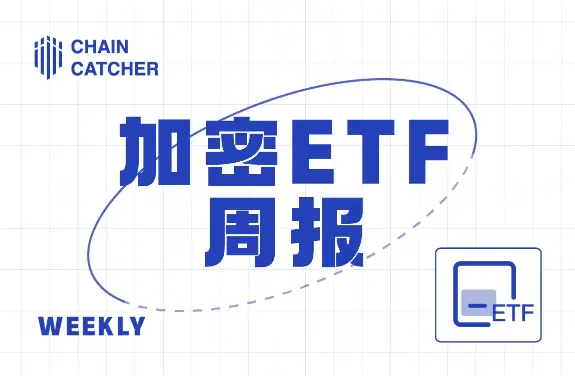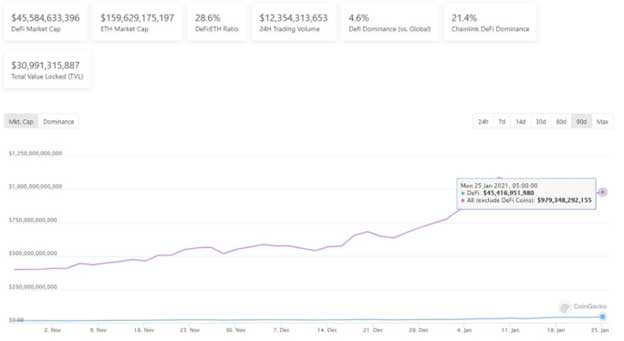Wall Street Giant Fidelity Preps Crypto Breakthrough: Stablecoin Launch Imminent

Fidelity Investments is making bold moves in the cryptocurrency landscape, seeking regulatory approval for a new U.S. dollar-backed stablecoin that signals the financial giant's deepening commitment to blockchain technology. This strategic initiative comes on the heels of the company's recent Bitcoin investments and its groundbreaking Solana ETF filing, demonstrating a comprehensive approach to digital asset integration.
The proposed stablecoin represents more than just another digital currency—it's a calculated step by Fidelity to establish a stronger foothold in the rapidly evolving crypto ecosystem. By pursuing a dollar-pegged digital asset, the firm aims to provide investors with a stable and regulated entry point into cryptocurrency markets.
Interestingly, despite these significant developments, Fidelity's stock price has remained relatively unchanged, suggesting that Wall Street may still be cautiously assessing the long-term implications of the company's blockchain strategy. This measured market response highlights the ongoing uncertainty and potential surrounding cryptocurrency investments.
As traditional financial institutions continue to explore and embrace digital assets, Fidelity's latest move underscores a broader trend of mainstream financial players seeking to innovate and adapt to the emerging digital economy. The stablecoin approval process will likely be closely watched by investors and industry observers alike.







